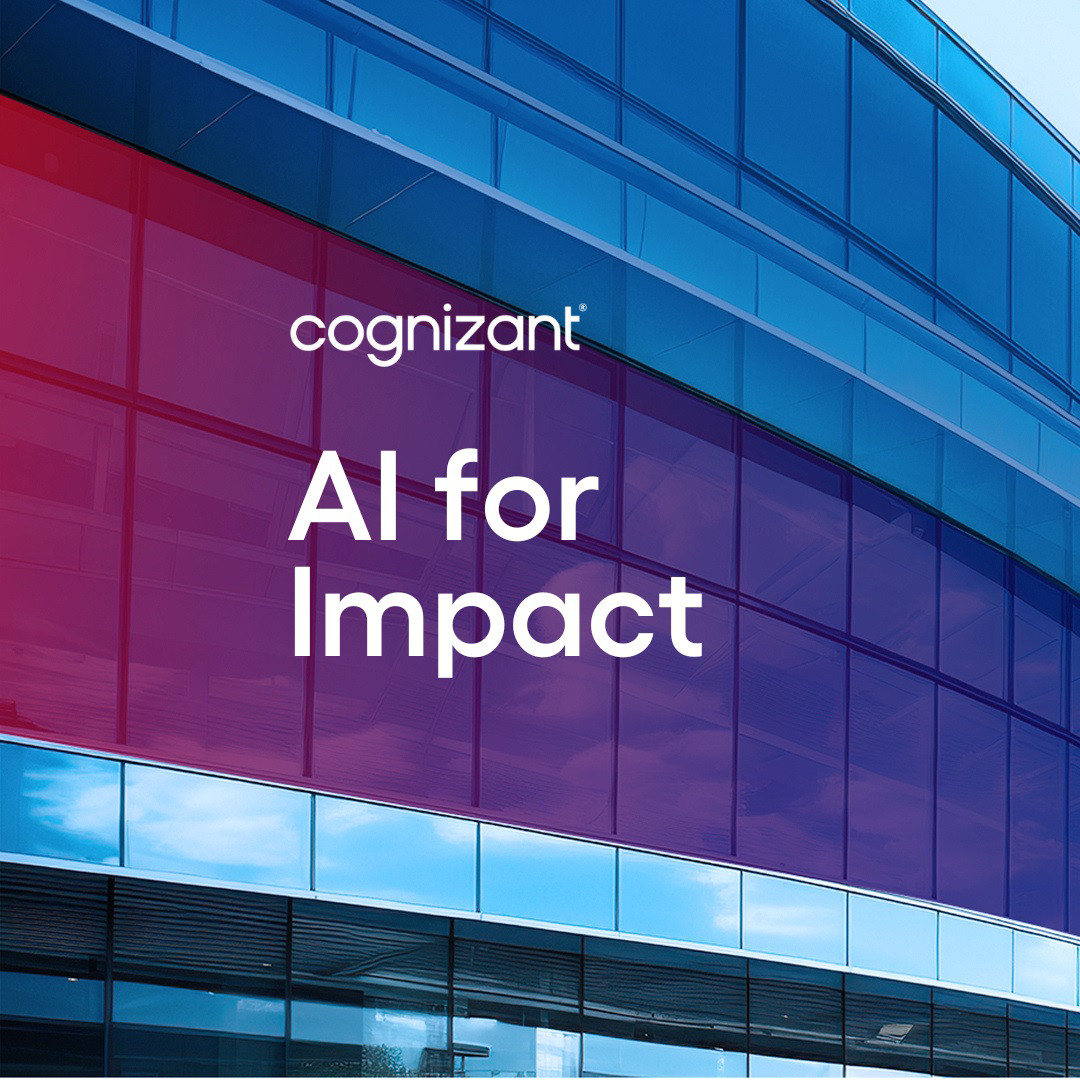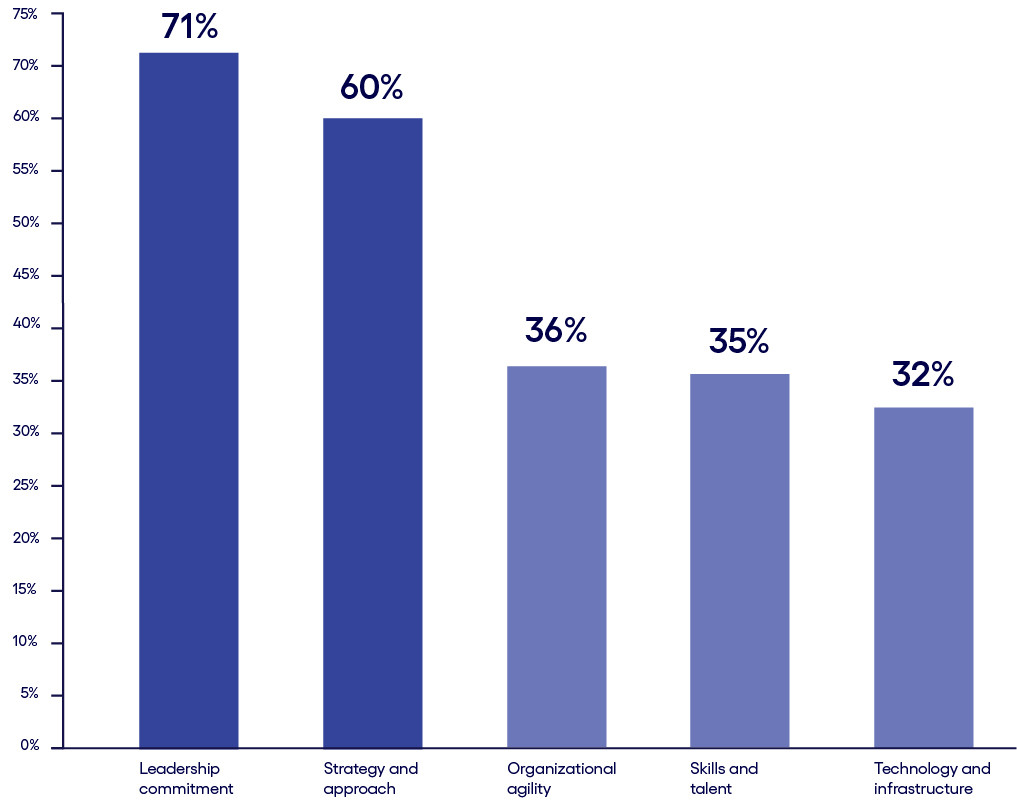Cognizant partnered with Oxford Economics to design and conduct a survey of 2,200 C-suite and senior executives, including individuals at the C-suite and VP levels, from large corporations around the world. The focus was on those who play a significant role in shaping, contributing to or making final decisions on their organization's generative AI strategy. The survey was conducted in June 2024 via computer-assisted telephone interviewing (CATI).
Countries: Australia, Belgium, Canada, Denmark, Finland, France, Germany, Iceland, India, Ireland, Japan, Luxembourg, New Zealand, Norway, Saudi Arabia, Singapore, Spain, Sweden, Switzerland, The Netherlands, United Arab Emirates, UK, US
Industries: Banking and financial services, communication/media/technology, energy and utilities, healthcare, insurance, life sciences, manufacturing, public sector, resources (mining and oil), retail, and transportation and logistics
*The full list of regional factors we evaluated includes: the flexibility of the existing operating model, market demand for gen AI-enabled products and services, data readiness, quality of output from gen AI, availability of compute power, cost/availability of gen AI-related technologies, shareholder/investor sentiment, regulatory environment, sustainability, national infrastructure, cost/availability of capital, data privacy and security, existing technology infrastructure, current and prospective employee perceptions, flexibility of the existing business model, maturity of gen AI-related technologies, consumer perceptions and cost/availability of talent.




























